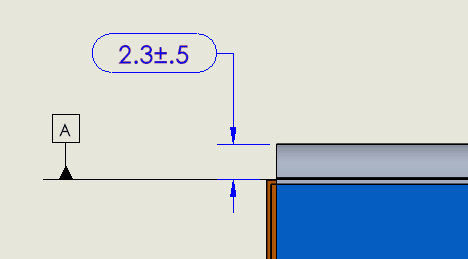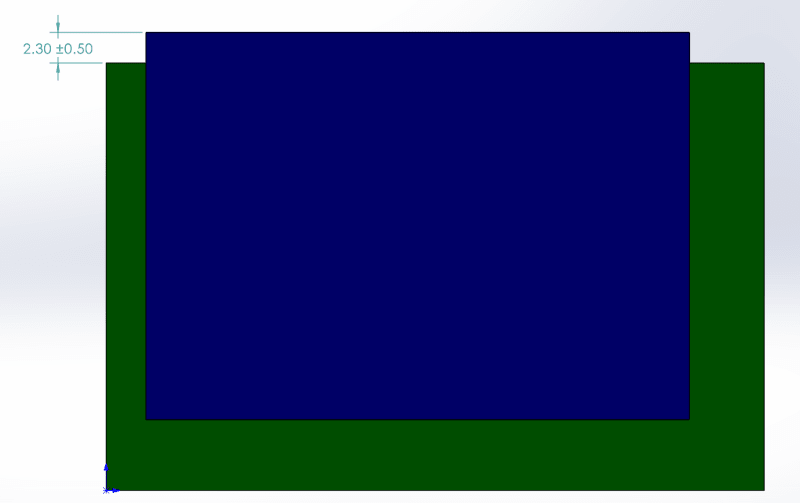Hi. I am dimensioning a flexible component relative to a fixed datum surface (A). I want the flexible component edge to be parallel to the datum within the +-0.5mm tolerance. Does the below dimension alone ensure the ENTIRE flexible edge is within the 0.5mm tolerance? Or do I need to add a parallel geometric callout from datum A?



